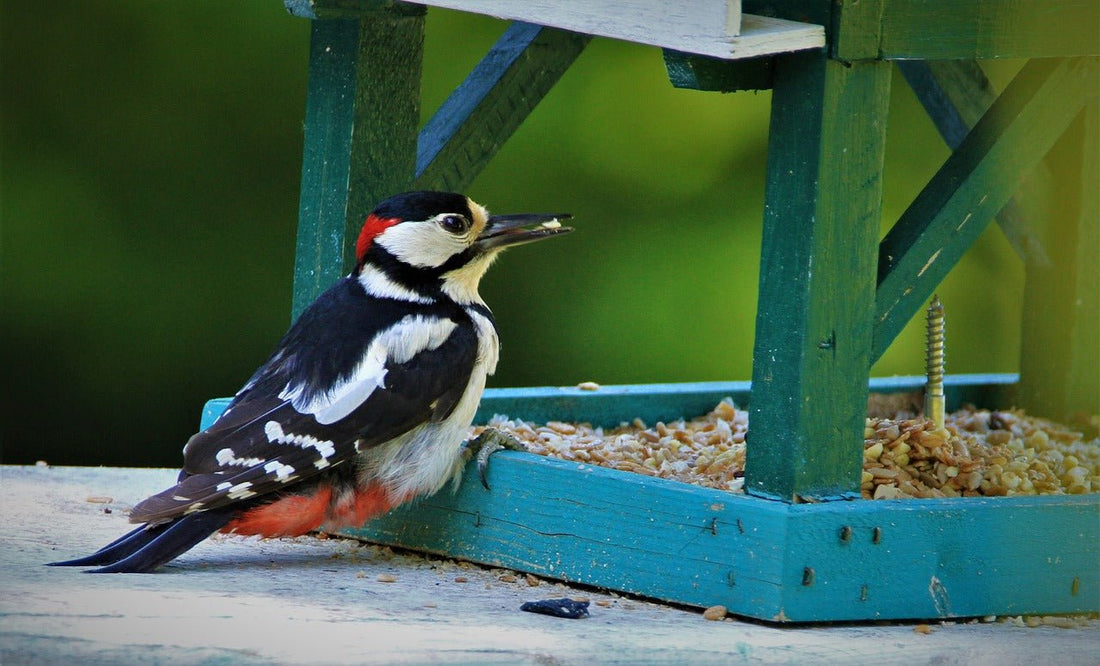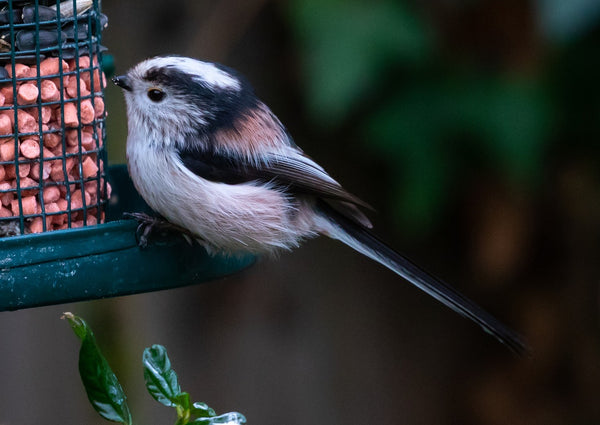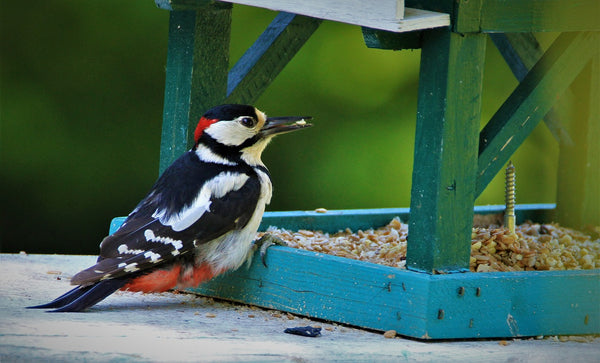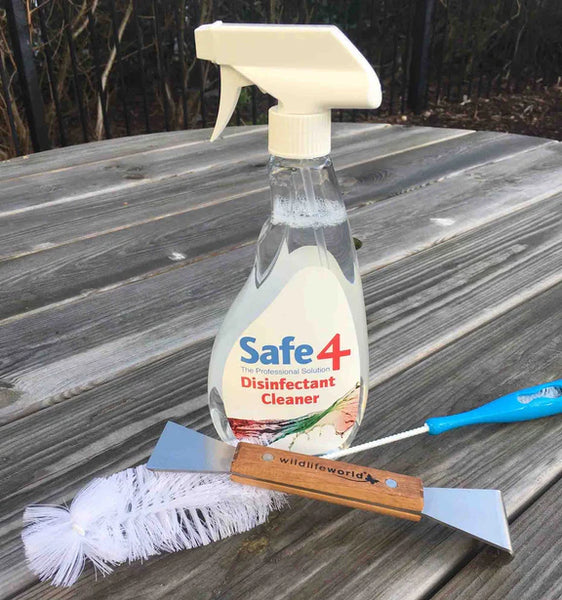
A Beginner’s Guide to Bird Feeding: Essential Tips and Advice
Share
It can feel quite daunting entering the world of bird feeding as a beginner. You might have passed gardens with feeding stations decorated with an array of feeders (many of which you can’t even name!) Different coloured seeds and nuts dangling, in an attempt to catch the wild birds’ attention. And there they are, flocks of birds nipping in for a treat, then retreating to a bush for shelter. And then again, and again. Different species gather around and showcase their delightful colours as they enjoy their favourite treats.

You might feel like this is out of reach. Perhaps you’ve put bird food out before, but no bird came… You might not know where to start. It’s okay to feel overwhelmed, especially when you see others who have daily visitors. With a bit of patience and knowledge, you are sure to succeed in no time!
Step 1 – Equipment
There are many ways you can get started, all depending on location and space. If you have limited access to outside space, you can still feed the garden birds with a Window Bird Feeder. These handy feeders have suction cups which allow them to stick to glass windows or doors. Fill with a general mix such as Original Wild Bird Food and be patient. It’ll be worth the wait as these feeders allow for up-close feeding opportunities!
For those who have a green space or patio, you can erect a Feeding Station. These are to be placed 1ft into the ground on grass areas, and for those with patios, a Patio Base is available for the All Seasons Feeding Station. Consider location when erecting your bird feeding station – remember birds like to feel safe and protected from predators so a nearby bush or shelter would be appreciated.
Getting to grips with different feeders can take time. It might be useful to explore our Bird Feeder Guide which explains what different feeders are for, along with images to help you. For now, we’ll keep the feeding station simple to get you started.
I would suggest hanging a peanut feeder (for peanuts), a niger feeder (for niger seed) and a seed feeder that can fit a general mix. It is important to get the specific feeder to match the seed. For example, niger is a tiny black seed and needs special ports to ensure it doesn’t all fall out at once. If you were to place it in a seed feeder, it would leave you with a big cleanup job – and nobody wants that!
Our Help-to-Fly Feeding Station comes with a water dish and a mesh tray which can be used for soft foods, dried/live mealworms and fat balls.
An alternative is to hang feeders from a tree or bracket if you prefer.

So many seeds!
There are many seeds and blends available for wild birds, and it can be tricky to navigate them in the beginning. To make it a tad simpler, we can organise mixes and seeds into different categories.
General Mixes – Suitable for a wide range of species that normally feed from feeders and bird tables.
Soft Foods – Enjoyed by ground-feeding birds like robins, wrens, blackbirds, and thrushes.
Straights (sunflower hearts, peanuts etc) – Popular with many garden birds.
Niger Seed – This is what we call a straight seed loved by goldfinches, greenfinches, and siskins, in particular.
Fat Balls & Suet – Very popular with a variety of garden birds (nutritional for winter).

Keep it Clean…
You wouldn’t feed your dog or cat with a dirty food bowl, and the same should be said for wild birds. It is important to think of it this way; just because the feeders are outside, ‘in the wild’, this doesn’t mean they don’t need to be cleaned. In fact, with multiple species sharing feeders, it is essential to keep feeding areas clean to eliminate the spread of disease. It might feel like a chore, but it is vital to maintain a hygienic space for wild birds to congregate. Use an appropriate disinfectant such as our Safe4 Cleaning Spray which is available in a pack containing all your essential cleaning products as you start out.

Top Tip
Don’t feel disheartened if birds don’t immediately feast on the offerings you provide. It can take birds some time to locate your feeders. It can actually take up to a few weeks for daily feasting to commence, so stick with it. Keep on feeding, it’ll be worth it in the end!
Best of luck! With a little practice and trial and error, you’re sure to have feathered visitors enjoying their new feeding spot soon enough.

Written by Julianne Jessett

1 comment
I have been an avid birder all my life but i did enjoy your easy to learn bird info for the beginner.